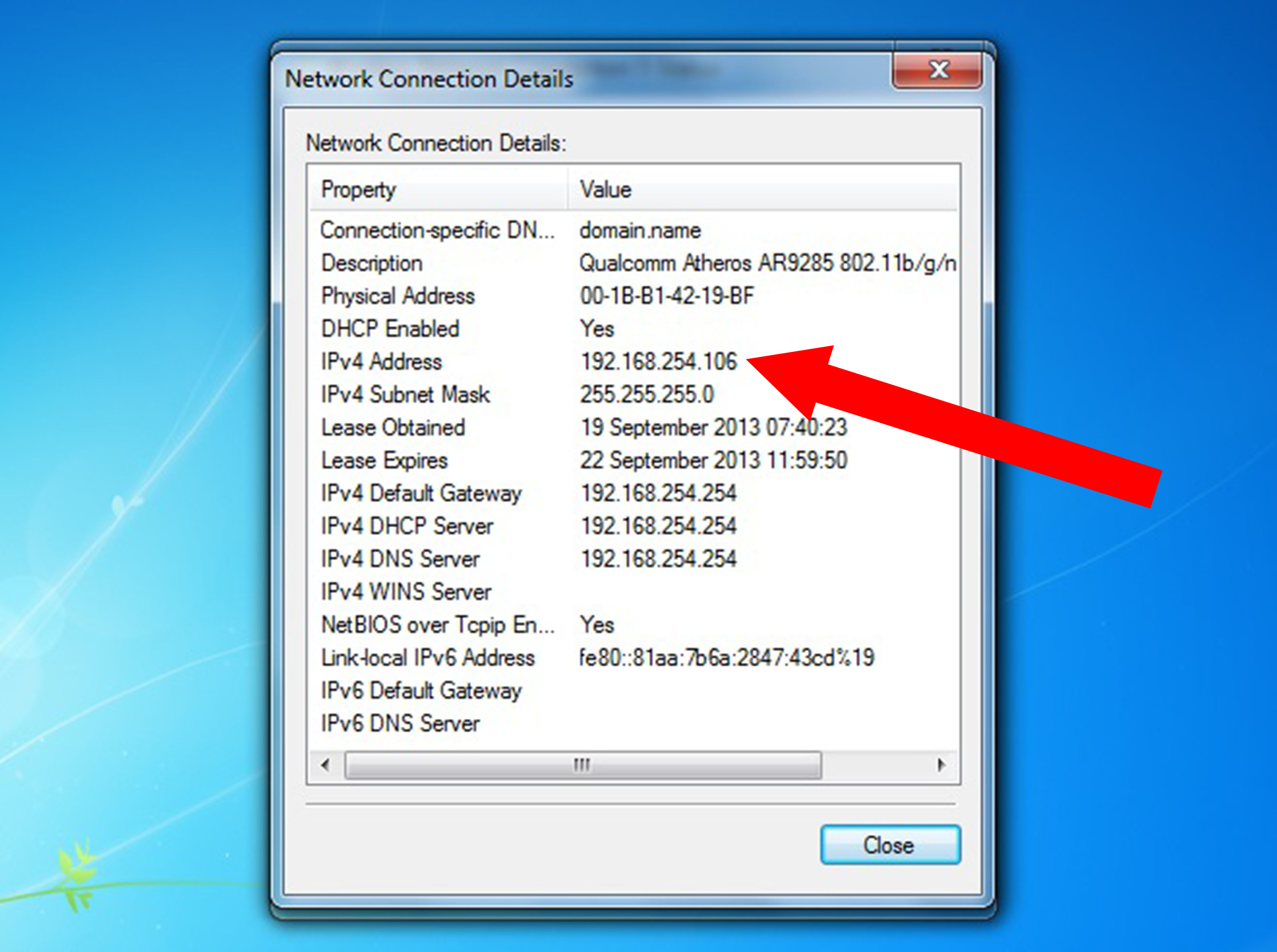Manage Application Dependency
Effectively managing application dependency is crucial for ensuring the stability, performance, and maintainability of software systems. Application dependencies refer to the external libraries, frameworks, and components that an application relies on to function correctly. Poor management of these dependencies can lead to a myriad of issues, including version conflicts, security vulnerabilities, and difficulties in scaling or updating the application.
Understanding Application Dependencies
Before diving into the management of application dependencies, it’s essential to understand their nature and types. Dependencies can be categorized into different types based on their functionality, usage, and impact on the application. These include:
- Direct Dependencies: These are the libraries or components directly referenced by the application. They are explicitly included in the project’s configuration files (like
pom.xmlfor Maven orbuild.gradlefor Gradle). - Transitive Dependencies: These are the dependencies of the direct dependencies. They are not directly referenced by the application but are required for the direct dependencies to work properly.
- Optional Dependencies: Some dependencies might be optional, meaning the application can function without them, but they provide additional functionality when included.
Challenges in Managing Application Dependencies
Managing application dependencies poses several challenges:
- Version Conflicts: Different dependencies might require different versions of the same library, leading to conflicts.
- Security Vulnerabilities: Dependencies, especially those with known vulnerabilities, can introduce security risks to the application.
- Dependency Hell: The complexity of managing dependencies and their versions can become overwhelming, especially in large projects.
- Performance Issues: Incorrectly configured or unnecessary dependencies can impact the application’s performance.
Strategies for Effective Dependency Management
To mitigate these challenges, several strategies can be employed:
1. Dependency Injection
Dependency injection is a design pattern that allows components to be loosely coupled, making it easier to manage dependencies. It involves providing dependencies to components rather than having them create their own, which can reduce the risk of version conflicts.
2. Use of Dependency Management Tools
Tools like Maven, Gradle, and npm provide robust dependency management capabilities. They can automatically resolve dependencies, manage versions, and even handle transitive dependencies, reducing the complexity of dependency management.
3. Locking Dependencies
By locking dependencies to specific versions, teams can ensure that the application’s dependencies are consistent across different environments. This approach helps in avoiding version conflicts and ensures reproducibility.
4. Regular Updates and Audits
Regularly updating dependencies to the latest secure versions and auditing the dependency tree can help in identifying and mitigating security vulnerabilities and performance issues.
5. Minimizing Dependencies
The fewer dependencies an application has, the easier it is to manage them. Teams should regularly assess their dependencies and remove any that are not necessary.
Best Practices for Dependency Management
- Document Dependencies: Keeping a clear record of dependencies and their versions can aid in troubleshooting and maintenance.
- Automate Dependency Updates: Utilize tools and scripts to automatically check for and update dependencies to minimize manual effort.
- Monitor Dependency Security: Regularly scan dependencies for known security vulnerabilities and update them accordingly.
- Use Semantic Versioning: Adhering to semantic versioning (SemVer) helps in understanding the impact of version changes and makes dependency management more predictable.
- Test Thoroughly: After updating dependencies, thorough testing is essential to catch any potential issues early.
Conclusion
Managing application dependencies is a critical aspect of software development that requires careful planning, execution, and maintenance. By understanding the types of dependencies, recognizing the challenges associated with them, and implementing effective strategies and best practices, teams can mitigate risks and ensure their applications are robust, secure, and scalable.
What are the primary challenges in managing application dependencies?
+The primary challenges include version conflicts, security vulnerabilities, dependency hell, and performance issues. These can arise from the complexity of managing different versions of dependencies, ensuring the security of the dependencies used, and optimizing their impact on application performance.
How can dependency injection help in managing dependencies?
+Dependency injection helps by allowing components to be loosely coupled. Instead of components creating their own dependencies, they are provided with them. This approach reduces the risk of version conflicts and makes it easier to manage and test dependencies.
What is the importance of locking dependencies to specific versions?
+Locking dependencies ensures that the application’s dependencies are consistent across different environments. This consistency is crucial for avoiding version conflicts, ensuring reproducibility, and maintaining the stability of the application.



